It’s not just standing on wobble boards.
What “surf fitness training” means to me is taking a realistic look at the movement requirements of the sport, and then taking an honest appraisal at your own strengths and weaknesses. Then it comes down to filling the gaps with smart and efficiently applied training.
Here’s some higher level, focused, efficiently applied “surf training exercises“, that has carryover to my mobility, joint health, endurance, strength, and power output. This WILL carry over to my surfing, but it’s up to me to improve the skill in the water.
Fill in the gaps that will have the largest direct influence on your time in the water. It may not be more time on a wobble board or some other overly surf “functional” training. With this blog, I’m going to give you some direct and actionable insight into what will give you the biggest carryover to your surf time.
Have a search on Instagram and you’ll see a lot of unstable surface work, and generally a bunch of well-intentioned people performing exercises that are about 3 giant leaps ahead of what they should truly be working on.
Yes, our sport is dynamic, however, there needs to be an effective training base in place in order to train dynamically with efficiency. Unstable surface work also absolutely has its place, and I’ve been known to squat on top of a stability ball, but often that training isn’t going to have the most carryover to your surfing.
Most folks aiming to improve their surfing performance would be more well-intentioned with their time to focus on some over-arching limitations holding back their surfing, and this largely depends on what skill level they’re at.
So what can you do to improve your surf “fitness” training”?
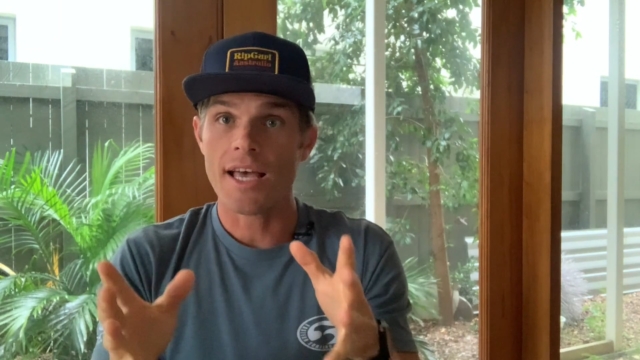
First, put yourself into one of the following categories.
- Surfs a LOT, and is an upper intermediate to advanced surfer
- Intermediate surfer but also a bit of weekend warrior
- Beginner to lower intermediate surfer and doesn’t get to surf much
Where you fall into those categories will largely dictate how you should effectively train. If you truly look at the demands of the sport, and what will have the most impact on your body when you get in the water, it’s easy to determine what type of training will best prepare you for surfing.
You also need to understand the Skill Pyramid and the concept of Bio-Motor Profiles. Have a watch of this video.
I hope you see the relevance of the skill pyramid. With training, your goal is to improve the Foundations of Skill Acquisition, not necessarily practicing the skill itself. Overly “functional” training that attempts to mimic the skill in the gym may be challenging and fun, but it really will have a little direct carryover to your time in the ocean.
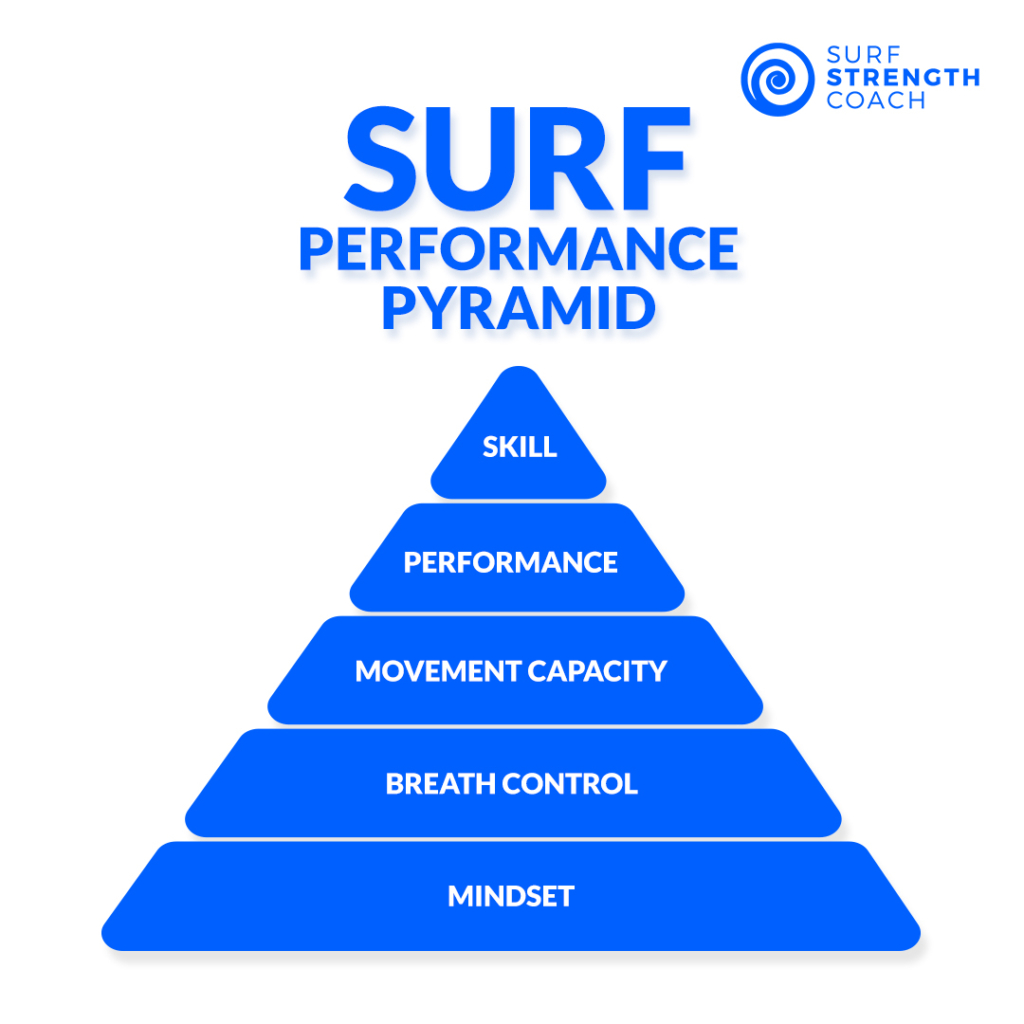
Skill is built with practice in the ocean. That’s the bottom line. A carver skateboard can be really damn helpful as well, but largely, it comes down to time on the wave face. Shred time, and more shred time, and then some more….. for years!
Your surf training needs to focus on building the movement requirements and bio-motor profiles of the sport, especially where you’re lacking, so you can get in the water and surf unimpeded by an inefficient body. A body that is too stiff, weak, in pain or lacking endurance will ultimately make your skill practice impossible.
So, which category are you?
CATEGORY 1: Surfs a LOT
Upper Intermediate to Advanced Surfer.
This category of surfer has a decent level of skill, and likely a decent level of fitness due to the amount of surfing. These are the crew that can easily build to the more dynamic surf training quite quickly, as the base fitness levels are usually already in place.
Most surfers are severely lacking paddling endurance. This is not at all the case for this group, as they have so much time in the water and built efficiency in those paddling muscles and energy systems.
What will have the most impact is making sure these surfers move very well through their joints, so lots of mobility work, and building towards dynamic movement training to reinforce joint durability and strength in extreme ranges of motion.
What you’re trying to do in this category is to make sure the body is functioning at full capacity so there is no hindrance to skill practice. Strength work is applicable, dynamic power training, anaerobic energy output, and especially keeping the joints strong and mobile.
Take for example a good buddy of mine, and one of the technique coaches on our surf coaching camps. He’s a shredder, full-on absolute shredder.
His skill levels are already through the roof, so we would focus on making sure the body has the fundamental movement requirements, and then the base levels of strength and power to make him durable in the surf. In fact, this dude has some serious shoulder issues and absolutely tight hips. What will take the “brakes” off his surfing?
Working on hip mobility and going through a bit of rehab/prehab for that shoulder. Better hip mobility will decrease his chances of injury. Keeping his spine mobile is an absolutely necessary thing for long term health, and working on shoulder health and endurance will keep him out of pain.
Hello yoga!(if practiced well), Tennis Ball Love to the spine and other joint complexes, Foundation Training, and a daily stretch and mobility routine. We could even get this guy into some very dynamic training, which in and of itself won’t suddenly make him rip, but it will give him a strength buffer in dynamic positions.
This category of surfer could build to training that looks quite similar to the Surf Training Workout video in this post.
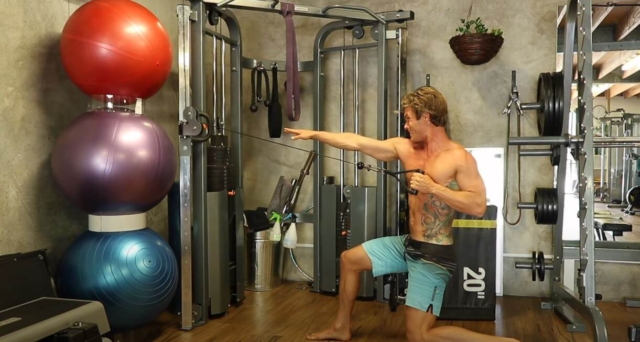
High-speed rotational work. Single leg strength and power development. Jumping and landing mechanics. Dynamic core work. This is the arena of the fancier surf training workouts you see floating around social media.
CATEGORY 2: Intermediate Surfer
Bit of a Weekend Warrior
This is where a lot of surfers are. Moderate levels of skill, but a life that requires actual work outside of surfing, so you only get in the water when you can. This tends to be nowhere near as often as you like.
Recall that skill pyramid and bio-motor profiles.
Also keep in mind the study pointing out that most of your time surfing, it isn’t surfing, it’s paddling.
“The results showed that the athletes spent most of their time paddling: 54 percent of the total. The surfers spent 28 percent of the time stationary on their boards, waiting for a wave. Riding waves accounted for eight percent of the time and paddling for waves four percent.
See the full study here: Physiological Demands of Competitive Surfing
So how is your cardio? Specifically upper body work capacity and the energy system capability to keep those arms moving non stop?
How is your spine mobility and upper body posture?
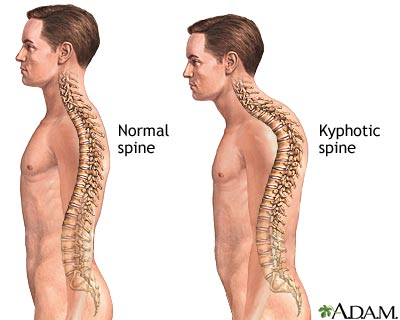
A stiff computer destroyed spine and shoulder girdle doesn’t paddle well.
How are those hips moving from spending time at a desk for the last 10 years?
Would mobility for the entire body, as well as building paddling endurance help you in the surf?
Damn right it would, and those aspects of surf training would likely have the biggest immediate impact on your surfing.
If you’re in this category, you’re also likely a bit weaker than you ought to be and quite possibly have some extra beers and pizza stuck on that gut of yours. This is where we want to work on base levels of strength in the major motor patterns for surfing. A bit of muscle is going to decrease your body fat, and that’s beneficial for every single aspect of your life and health.
Training for strength, with perfect form, and in full ranges of motion actually reinforces mobility and range of motion of the joints. Think of a goblet squat or front squat trained in a full range of motion. That hits spinal extension, hip range of motion as well as strength, and reinforces adequate ankle range of motion.
A ring chin-up works not only shoulder durability but overall shoulder flexibility as well. Building up these base levels of strength will have some profound effects on your overall movement capacity. Mix that with mobility work, ( I like yin yoga for this crew, as well as mobility sequences that you’ll find in my Surf Athlete App), and some cardio work, your surf capacity just tremendously improved.
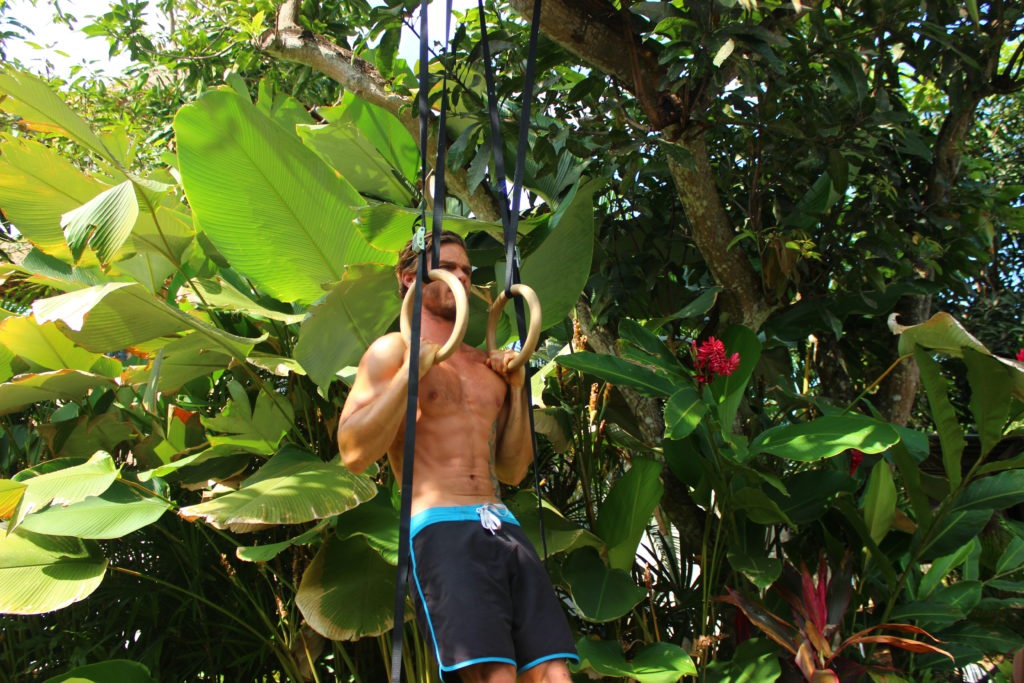
Keep in mind you’re NOT training the skill of surfing in the gym. You’re developing the foundations for you to take advantage of the times you get in the ocean. All the drills you see me performing in the video up top could easily be regressed if needed to suit current levels of ability, previous injuries, or just lack of proficiency.
A good protocol would be something like this:
- Low-Level Cardio (aerobic level) for 30minutes 2 times/week.
- Mobility Work for 15 minutes of 3-5 times/week
- 2 Strength Sessions/week, with at least one session having a focus on upper body work capacity
If you need help putting that together, dive into my Surf Athlete 12 Week Training Program App for a few months. All of that is basically laid out for you to just follow along.
CATEGORY 3: Beginner to Lower Intermediate surfer
Doesn’t get to surf too much, and is surfing some fairly large boards.
This is the crew that needs to realize that time in the ocean is paramount to the climbing of the surfing skill ladder. Ocean time is the biggest factor in climbing the skill pyramid, but we can do a lot to make sure you have base levels of surf training in place.
Be realistic with expectations of the time requirements to full on shredding. Surfing well is actually a fairly difficult activity and absolutely falls in line with the 10,000 hours rule. Holes in your surf training are going to be exposed and make the process of surfing better far more difficult.
Time devoted to learning fundamental paddle technique, ocean awareness, and wave reading are going to do some wonders for your skill acquisition.
Combine that with some surf training workouts similar to Category 2, and you’ll be climbing the surf skill pyramid a bit quicker than most.
I personally find the biggest hindrance to this group is lack of water awareness, fear, and lousy paddling technique. That combined with the difficulty of transitioning to smaller boards makes this Beginner to Lower Intermediate category a bunch of frustrated surfers at times. But when it all comes together, this is where the full stoke lives!
Recall that study which shows we as surfers spend an immense amount of time paddling.
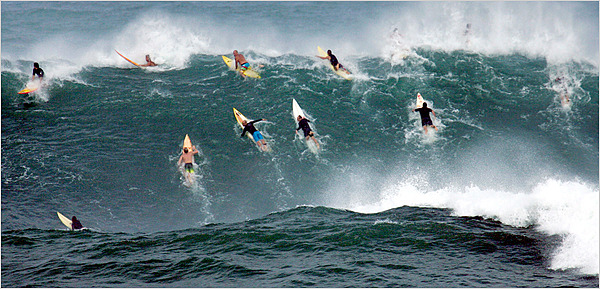
With that understanding, how is your paddling endurance? Shoulder health? If it’s subpar, that needs to be your focus. Then you can start layering on upper body work capacity so you can paddle as much as the ocean demands. I want you to be able to paddle for as long as you need, so you have as much time riding waves as possible. You need time on that wave face.
Spend more time watching waves, and more importantly, how they break, where they

break, the speed at which they break, and judging them. Test yourself. Can you sit there and pick out which waves surfers are going to catch? Do you clearly see other surfers paddling for waves that are un-catchable? Are you able to read the pockets? How about the power zones?
This can be a tough aspect to teach, but it’s crucial. It takes time observing the ocean, and some dedicated focus. Even if you’re sitting out the back and not shredding some waves, or in between catching waves, sit there and watch waves around you. Learn to read the subtleties and nuance of the ocean.
When you can read waves effectively, it will 10x your wave catching, and save you from trying to scrape into uncatchable waves.
The paddling and wave reading is also critical to transitioning to shorter surfboards. Each step down requires better and more accurate wave reading, as well as a boost in paddling ability. A fitter and more capable body will allow this transition to happen a bit more smoothly. Remember, with your surf workouts your aim is to buffer your capacity and movement potential so you can work on your skill without impediment.
Don’t neglect the need for fundamental strength.
Suddenly you’re having to duck dive boards that may still have a bit of volume until you get down to the true shortboards. Can you do 10 perfect full body pushups? Can you transition to ring pushups? It’s this strength buffer of upper body pushing and core control that will absolutely reinforce your ability to shove that floating piece of foam under an oncoming wave.
That’s why this group has an inherent need for basic strength training, as well as cardio efforts, and joint mobility. Again, it’s similar in aspects to Category 2 Surfers.

Fear. This is a big one, and I won’t touch on it too much here, but this fear comes down to ocean awareness and safety.
If you lost your board would you trust yourself to swim to shore?
Can you read the rips?
Do you have the fundamental skill to actually surf bigger surf?
Is the fear killing your surfing skill acquisition?
There are many components to this and see it frequently on our trips. Preparation, safety, and coaching can help this process, but even with that, at times irrational fears are a massive hindrance.
One key aspect of preparation is breath work, as fear of hold downs can be tremendously confronting. Have a read here: Breath Work for Surfers

On the flip side of this, I at times see people in situations that are freakishly out of sync with their skill level. When I was living in Bali, I’d see full on beginners paddling out at 4-5 foot Uluwatu, and somehow manage to get out between sets.
The bliss of ignorance… but that shit is straight up dangerous. Please have some ocean awareness, and a true gauge of your skills and ability to self-rescue if necessary.
Category 3: What can you do?
Get in the ocean as much as possible.
Watch the ocean and read waves as frequently as you can.
Dive into fundamental strength development, and when you build some capacity, move towards more dynamic training. All of that can be found in the Surf Athlete Training Program.
Make sure you move well, so roll on some tennis balls around the joints that matter (hips & spine are some important ones), get into some mobility & stretching routines, and absolutely reinforce your upper body “cardio”.
You’ll have a lot of paddling hours in your surfing life, so you may as well make sure you can do it well and have the energy system development to do so easily.
Overall it’s very similar to Category 2, it just has an emphasis on building those paddling muscles, and more time familiarizing yourself with the ocean.
How is Your Surf Fitness Now?
Do you have a framework to run with? Does the world of “surf fitness” and social media driven fitness make a bit more sense to you? I hope you can gain some clarity and some rationale to work with from here on out.
You can train dynamically, just make sure you do it safely, and efficiently. You can train on wobble boards, but what else is missing? What other aspects should be trained for within your surf workouts?
I just hope you can move forward with more efficiency because at the end of the day, we all need and want more time in the ocean, and we want our bodies to perform without aches, pains, and weakness.





Comment